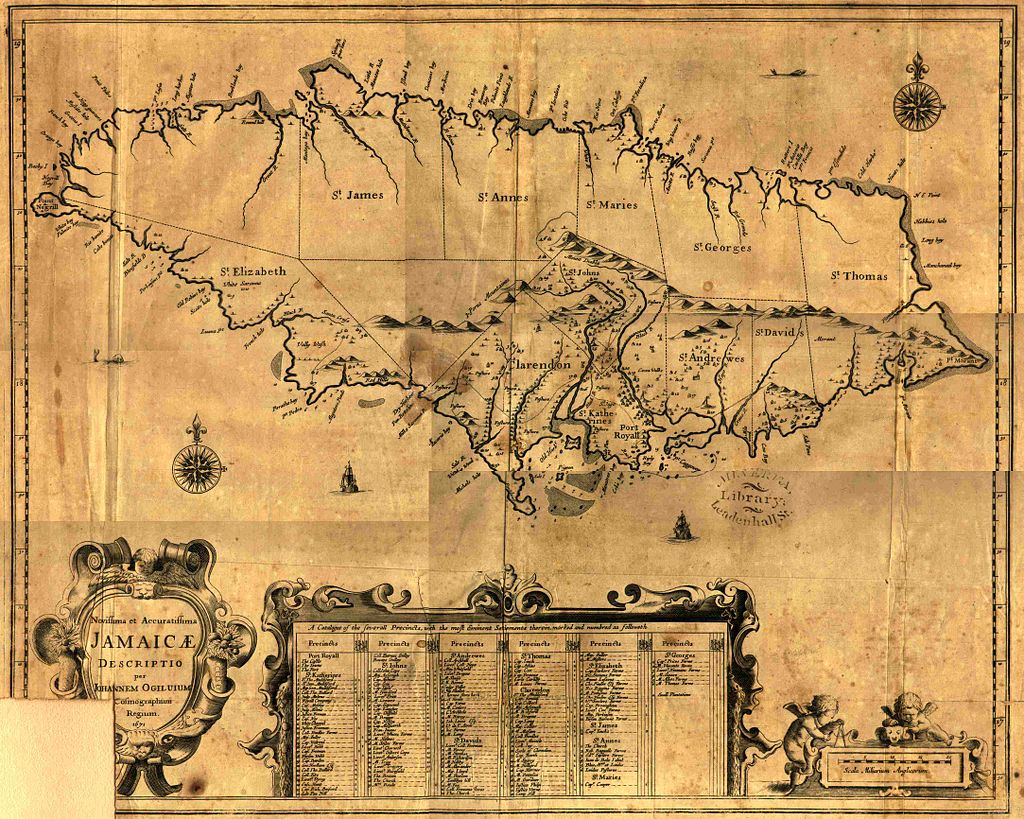It’s already 38C according to the humidex outside at 11 am. I’m not gardening. I’m not even hanging around outside until the shade starts making its move in the backyard. With the sting of the Beer Nut’s pointed truth fresh in my mind, how about patching together a beery post about trans-oceanic beer transit.
And what a tale it is! Let’s not forget that the earliest date I have established for trans-Oceanic beer transportation is 1577. In that year, Martyn Frobisher brought a boatload of miners to gather iron ore in Canada’s Arctic. And he brought a boatload of beer to keep the miners lubricated. 80-and-one-half tunnes in all:
Biere for iij monthes contayneng 168 daies after the computation of one gallone aman per day 80 1/2 ton at 2li 5s per ton wth caske iron whoopes and chardges.
All seems to have gone well but it would, wouldn’t it. It’s the Arctic and the beer would have been able to keep relatively cool. What about further south and days of heat like today out there in the yard? We know that good old Taunton ale was shipped south in the 1700s. It’s in New York City in the 1750s and into the Caribbean with its delivery to Jamaica in the 1770s. But the British were in the equatorial zone of the Atlantic well before that. Did they bring beer? Yup:
In September 1655, Major Robert Sedgewick was pleased that the beer shipped along with the troops on the Western Design remained potable: “Amongst the rest of our Provisions our beere proved generally very good wch was a very great refreshment and is so to this day.”
See footnote 53 at page 124 of Temperateness, Temperance, and the Tropics: Climate and Morality in the English Atlantic World, 1555-1705, a PhD dissertation from 2013. The author-candidate, M.R. Hill contextualized the footnoted information in this way:
In the hot climates of the Atlantic world, however, English travelers and colonists usually had to make do without their cherished beers. European grains did not grow well in the West Indies, leaving the English without ingredients for brewing in the island colonies. Beer often failed to survive long sea voyages, corrupted by bad casks, heat, or simply the passage of time. In the West Indies the English imported drinks or turned to local substitutes such as mobby (a mixture of potato juice and water, sometimes fermented), citrus drinks and rum-based drinks. Because they shipped well, however, distilled spirits often replaced beer among the English in hot climates.
Jamaica was invaded by the English in 1655 as part of Cromwell’s Western Design, ousting the resident Spaniards after flubbing an attack on what is now the Dominican Republic. They landed in Jamaica on the 9th of May. Sedgwick’s letter in which he praises the beer was dated 6 September, four months later. Notice that he wrote that it was a great refreshment and “is so to this day.” Notice that the beer was “shipped along with the troops on the Western Design…” It lasted through a Caribbean summer.
Wikipedia tells us that “Within a year the 7,000 English officers and troops that took part in the invasion were reduced to 2,500.” Robert Sedgwick was one of those who died. Interesting fellow. Born in England in 1611, he spends his later twenties and thirties in colonial Massachusetts, joins the Military Company of the Massachusetts but goes back home to support Cromwell. He takes to the sea, attacks the French in what is now the Canadian Maritimes and into New England before attacking Spain further south. Sedgwick, Maine is named after him. Boston of the 1630s was a beer drinking town:
Boston was, in the early days of the Company, the principal seaport town in North America, untrammelled as yet by a custom-house, and the flags of the maritime nations waved at her wharves… she exported to the mother country dried codfish, tar, turpentine, lumber, spars, whale oil and bone, deerskins, furs, etc., receiving in return Holland gin, strong beer, and merchandise of every description.
Sedgwich himself seems to have operated a brewery in Boston in 1637. It says this in The Oxford Encyclopedia of Food and Drink in America:
… after being licensed by the General Court held in Newton, Massachusetts on 20 November 1637, Captain Robert Sedgwick opened the first of the New England breweries in Charleston, now part of greater Boston.
He also seems to have obtained a licence to brew from the local Boston government in 1635. He was something of an all-rounder:
Charlestown has cause to remember Genl. Sedgwick for the results of his active public spirit when residing in the town. He was an enterprising merchant, built wharves, carried on a brewing establishment, built the old Tide-mills, and had an interest in the Iron Works at Lynn. “He was representative in the style of his ideas and character of the liberal Puritans of those early days of Now England history, religion was in all his thoughts, and yet he openly opposed the prevailing intolerance. He was a very brave, zealous and pious man.”
So, it is entirely reasonable that Sedgwick would not only have written about the beer that arrived in Jamaica along with the English in 1655, he might have been involved with keeping in good condition. Keeping it in good condition from at the latest May to September at the earliest.
He dies in 1656, one year after the invasion of Jamaica and left children who died lived there and in England and in New England. Beer lad.

